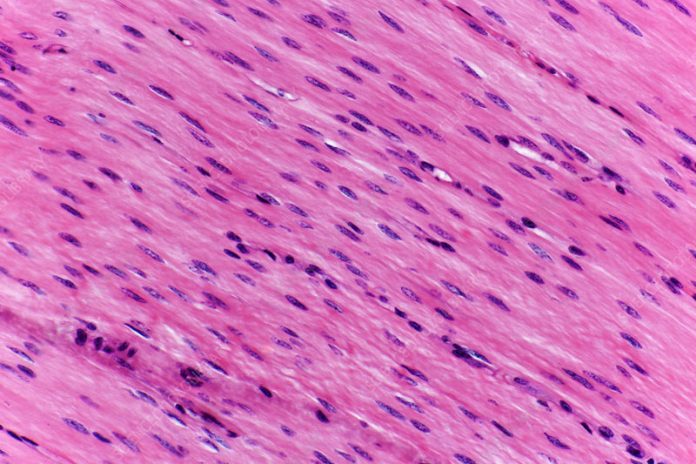The protein titin has been found to be the key to reversible muscle elasticity according to a report by Columbia University biological sciences professor Julio Fernandez and his team.
The researchers discovered that titin is not a passive muscle structure but plays an active chemical role when the muscles are stretched. Stretching the muscles exposed parts of the titin molecule that are susceptible to oxidation. Oxidation of the reactive parts of the titin molecule confers lasting and reversible muscle elasticity through the process of glutathionylation.
When a muscle is physically stretched the titin proteins are stretched and exposed to potential oxidation. If glutathionylation occurs while the titin molecule is extended then the elasticity of the muscle is essentially permanent. A different chemical reaction must occur to reduce the elasticity produced by glutathionylation.
The physical extension of the titin protein alone is not sufficient to produce lasting muscle elasticity. The oxidative reaction must occur. The oxidation reaction is reversible. This discovery in part explains the loss of muscle elasticity in older people who do not exercise.
The discovery promises new methods to treat heart disease and muscle disease.
The researchers recommend the yoga position downward-facing dog as a means to extend titin to the greatest extent and therefore produce lasting muscle elasticity.








